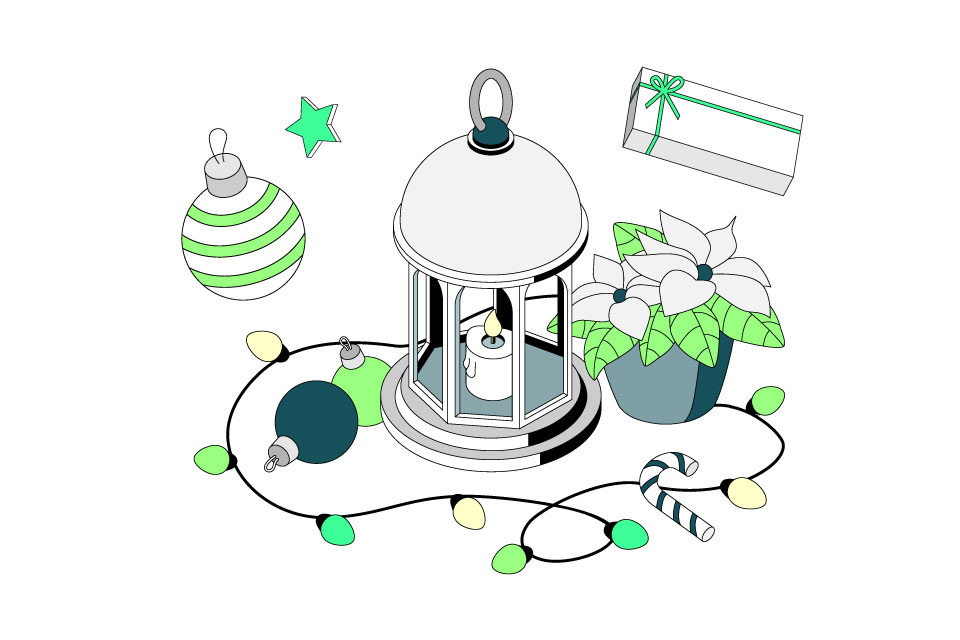By Jo Causon, CEO, The Institute of Customer Service
Six months on from the start of the Coronavirus crisis, it feels like we’re at somewhat of a juncture. As schools reopen, employees begin to return to an office environment and public transport networks get slowly busier, we are clearly moving beyond the second phase of the crisis. Yet as the economic realities continue to bite, it is evident we are by no means ‘out of the woods’.
For many businesses, September also marks a new phase of the work year – as half-year financial results provide a chance to look back on a turbulent six months and begin to lay plans for the future. As we do so, we should I believe challenge ourselves to consider what we are doing well and what has been harder, what is fundamental and what is peripheral to our offerings and approach. We have all been forever changed by the pandemic – and its impact will leave a lasting mark on the way we behave, whether as customers, employees or leaders. Organisations should take this opportunity to step back and examine what they have learnt throughout the crisis, and how they can adapt their service offering to fit with the new world and also what they should keep.
For many, this involves reviewing what they sell and how they service. Some aspects of customer demand and expectations have shifted through the pandemic, and in many cases, this will signal a permanent change in behaviour. Customers are re-thinking what they want, and many have learnt to live without the things they once deemed essential.
Yet it is not just the products and services we demand that has changed, but also the way we interact with brands. Organisations have been forced to find new and innovative ways to connect with customers throughout the crisis, and in many cases these news ways of operating have proven to be more efficient and effective than their predecessors. We should review these new ways of working and consider which ones to continue into the future. This isn’t just about what’s physical and what’s virtual its about our overall communications, tone and level of openness and transparency. Having clarity over your offering and differentiating by demonstrating you genuinely understand your customers’ needs at this moment in time is critical.
Equally, many businesses are facing complicated decisions about how their business will operate as we move beyond the pandemic – and questions are raised over if and how to bring employees back into physical office spaces. This six-month experiment in remote working is inevitably going to lead to increased demand for more flexible working options in the future, which leaders must balance against the financial implications of maintaining a commercial space. Leaders should think creatively in order to strike a balance between the needs of their business and the demands of their people.
For me, one of the most positive things to have come from this crisis is a recognition of the importance of service. The vital role of customer-facing staff has been thrust to the forefront. These workers have been on the frontline of the crisis – working tirelessly to keep the nation running and support increasing numbers of vulnerable customers. Companies that have put customer service front and centre throughout the pandemic have been rewarded with loyalty – and as we move forward, that loyalty dividend will magnify. As economic realities continue to bite, excellent service will be a key marker of differentiation against competitors – and should be considered a key boardroom priority.
We still have a long way to go on the road to recovery, but as we pick ourselves up and focus on the future, we can learn the lessons of the past. Agile Leaders will take the time to understand the shifting needs of their customer base and build recovery plans around them, whilst keeping a firm focus on their purpose and values. In doing so, they will have the strongest chance of success as we move beyond the pandemic.



